Self-driving cars could be closer than you think. Mine may have been right behind you.
My optimism about self-driving cars was renewed recently on a hot, sunny Wednesday in a crowded office park and on a stretch of interstate in Detroit’s northern suburbs.
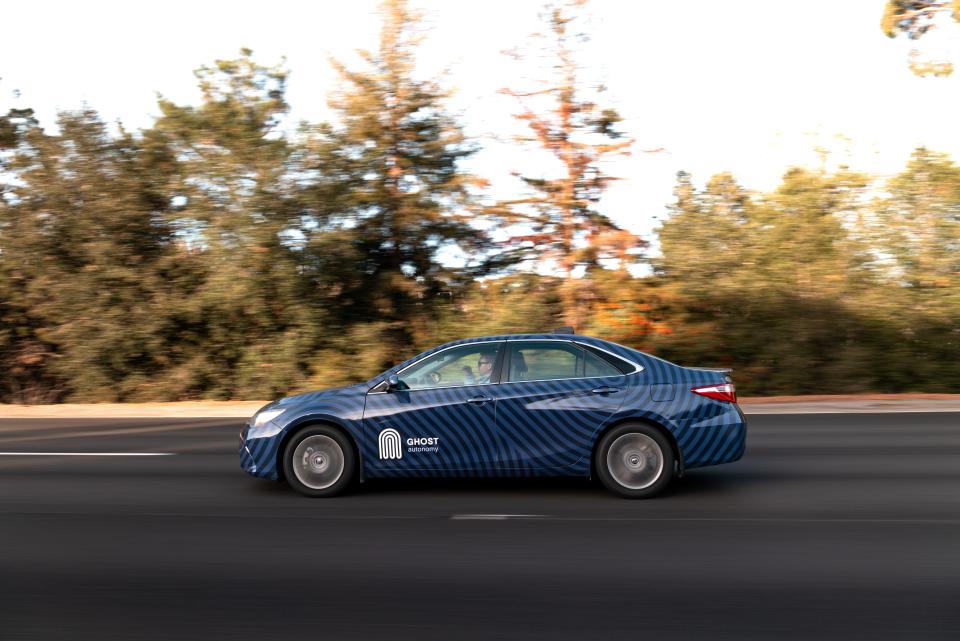
Expectations for self-driving, or autonomous, vehicles have veered from “One will pick you up in 5 minutes” to “Never. You might as well flush your investment fund down the toilet.”
That happens with exciting new technologies. Initial press coverage and investment pitches showed all the restraint of tech bros bidding for a Bay Area penthouse. Startups came and went, burning cubic volumes of cash on the way. Ford and VW invested a few billion dollars in Argo, then folded it.
Some companies, most notably GM’s Cruise and Alphabet’s Waymo, persisted, but converting the vision into a business where driverless vehicles routinely carry goods and people remains elusive.
My afternoon with Ghost Autonomy suggested that the launch of self-driving vehicles may see a steadier path, with a limited version available in a two or three years.
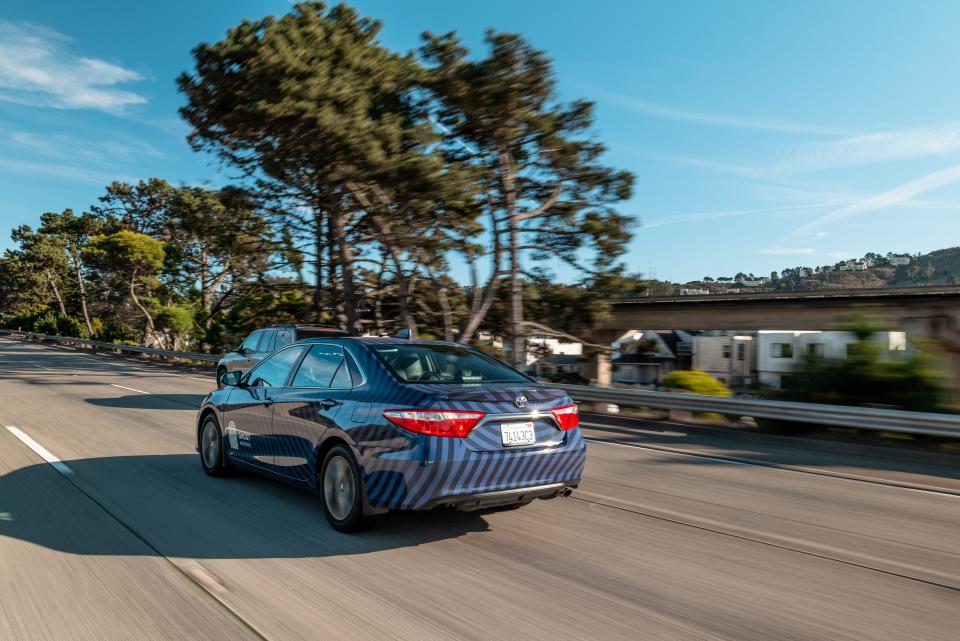
Cupertino, California-based Ghost has 12 test vehicles in operation. It recently opened a Detroit office to work with automakers and test in a wider range of weather conditions than available in the Bay Area and Nevada, where it also runs development vehicles.
“The scale of our Michigan fleet will largely be contingent on how our partners want to scale integration efforts over the coming year,” Jay Gierak said.
More capable, costs less
Ghost aims to have a system that will allow drivers to read a book, participate in a teleconference, even close their eyes behind the wheel “on cars you can buy by 2025 or ’26,” Gierak, the company’s Detroit-born chief marketing officer, told me over coffee. The system will initially work on limited access divided highways. Next step: major surface roads across the country, like the Pacific Coast Highway, and US-12.
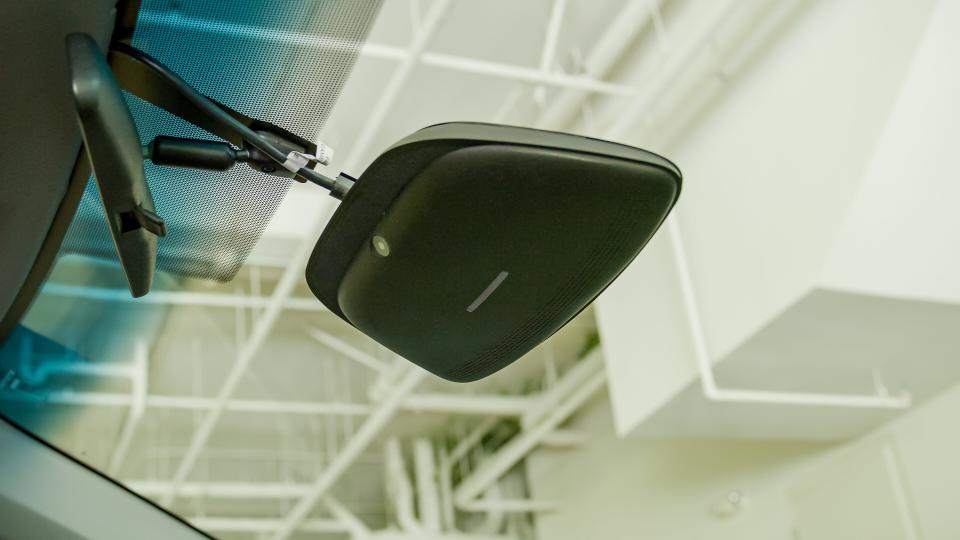
The first goal is complete autonomy — no driver intervention or attention, period — from entrance ramp to exit ramp.
That’s more than the two currently available hands-free systems — GM’s Super Cruise and Ford’s Blue Cruise — offer. They track the driver’s eyes and head to make sure a human can take over at any time, despite the vehicle’s ability to follow the highway, pass slower vehicles change lanes, slow, accelerate and stop without driver intervention
Ghost’s objective is to make vehicles that drive themselves on the highway available with off-the-shelf technology. Target cost: $1,500
Ghost’s system is programmed to pull the vehicle over to a safe place if the system fails. The company is developing systems for self-driving in suburban and urban environments, but there’s no forecast on when that’ll be possible.
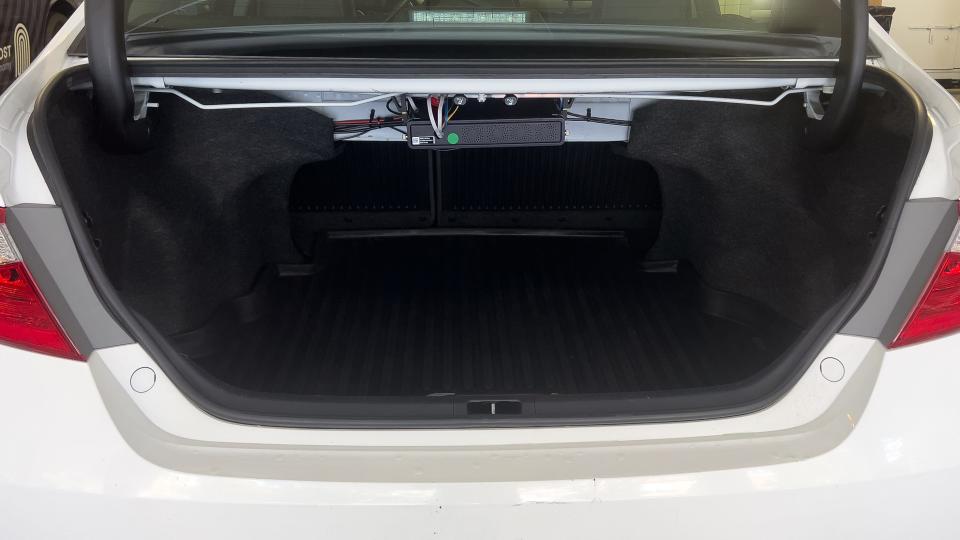
“We’re focused on giving people autonomous driving ability in everyday life,” Gierak told me. That’s highway driving, followed by major surface roads.
Tesla’s controversial Auto Pilot and Full Self Driving systems don’t do as much as Ghost’s system or the hands-free GM and Ford systems. Tesla’s website makes it clear drivers must always have a hand on the wheel and be ready to take over at any moment, despite the misleading names and comments suggesting otherwise by CEO Elon Musk.
How's it work?
Ghost is developing its system with “a few” automakers, Gierak said. The company uses a combination of common, relatively inexpensive sensors — crucially, avoiding the expensive Lidar sensors many competitive systems rely on. The package includes nine digital cameras, radar and advanced chips. It uses pairs of cameras to perceive distance, replacing Lidar's capabilities. A box about the size of a folded chessboard in the trunk holds the processor.
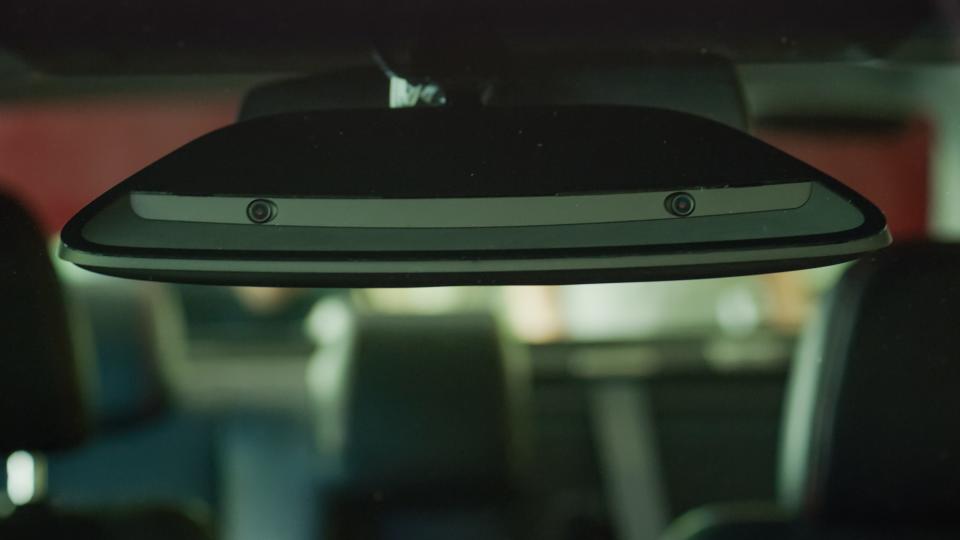
Ghost employs "neural networks" to recognize and respond to road markings, other vehicles, obstacles, people, animals and unusual events. The system does not require a digitized map of all the roads it works on. That reduces its cost, energy use and weight compared to the hands-free systems.
The key, Gierak said, is that Ghost builds a base of information and rules allowing the processor to use artificial intelligence inference to recognize and respond to all sorts of issues. There’s redundant hardware in case of failures, but the system’s core task is threefold:
Stay on the road.
Avoid obstacles.
Pull over to safety if any part of the system fails.
The last is a key difference from Ford and GM’s systems, which will slow the vehicle to a stop in its lane if the driver is incapacitated, but won’t move it off the road. Those systems return control to the driver if anything goes wrong, rather than pulling over as with Ghost’s higher level.
Eyes- and hands-free on I-75
The equipment doesn’t change the look or feel of the Toyota Camry Gierak and Ghost software VP Justin Erickson and I took onto I-75 in typical weekday afternoon traffic.
Gierak was behind the wheel, I rode shotgun, Erickson in the back seat.
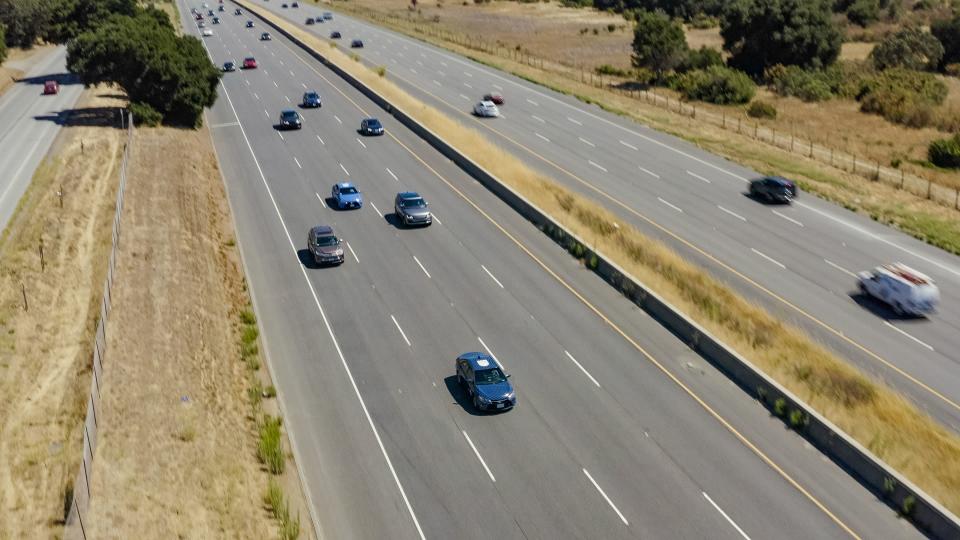
After steering the car onto the highway, Gierak took his hands off the wheel and faced me, explaining what would happen next.
There was no discernible change in speed or lane position when the AI took over.
The system maintained the prevailing traffic speed, changing lanes to pass slower vehicles, merging back to our original lane without fuss.
There was no delay or resistance when Gierak took the wheel to show resumption of human control, or a few seconds later when he released and the AI took over again.
We proceeded smoothly north about 15 miles. Gierak took over as we exited and got back onto the southbound highway.
The drive back was equally uneventful.
More: Can’t find an affordable new vehicle? The 2024 Buick Envista may be for you.
More: There’s a lot riding on GM’s move away from Apple CarPlay, Android Auto in EVs
Ghost always has two people in its test vehicles, occupying the driver and front passenger seat. Between tests on public roads and private facilities, it’s accumulating about 10,000 miles a month.
At the current rate, people who don’t work for Ghost may take the driver's seat, and possibly experience the system alone in a few months.
Sign me up.
Contact Mark Phelan: 313-222-6731 or mmphelan@freepress.com. Follow him on Twitter @mark_phelan. Read more on autos and sign up for our autos newsletter. Become a subscriber.
This article originally appeared on Detroit Free Press: AI-enabled self-driving car could be on road in 2025, add just $1,500
